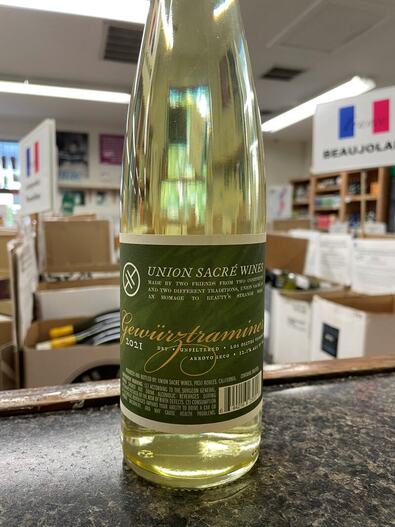 When people see a Gewurztraminer, their default expectation is that it will be a sweeter wine. Generally that isn't a bad bet: it's definitely easier to take advantage of the grape's natural aromas by making a sweeter wine, and even when it IS done drier the perfume does everything it can to convince your palate that sweetness is in there (or 'perceived sweetness). The Alsatians probably do the most consistently dry Gewurztraminer, but even there it's hard to avoid sweetness even if they wanted to in some vintages. We say this because this wine for the many years we have carried it has been the most consistently dry Gewurztraminer we get our hands on, easily one of the best domestic versions to boot. Aromas are perfumed sunshine, lime and tropical fruits and heady ginger, intense but holding back on the sugary side. The palate is full but immediately shows off the acidity and fresh zesty brightness, as well as a lingering skin tannin aspect that adds to the dryness. Past versions of this wine have had a light orange or pink color from the slight pigment in the Gewuztraminer skins, and this version still sees a lot of skin time but stops just short of the color change. Delicious and light on its feet to go with a broad spectrum of exotically spiced foods, and great with a chill for warmer weather.
0 Comments
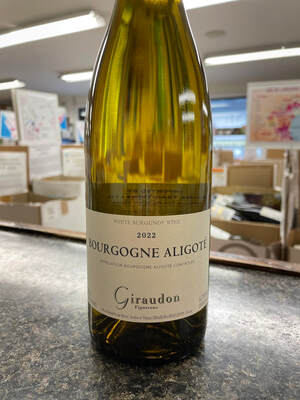 99% of the time when you see a white wine coming from Burgundy, it will be featuring the Chardonnay grape. Aligote is the most noteworthy exception (with the rare Pinot Blanc occasionally popping up), though it is more famously used with blackberry liqueur to make kir. The grape is growing back in popularity in Burgundy and other parts of the world as more consumers look for lower alcohol wines. It never makes a wine that achieves the heights of Chardonnay, but in the right hands and in the right places can make some very satisfying and value oriented wine. One very popular area is around the town of Chitry, located just South of the A6 highway from Chablis. The similar climate and chalky soils brings out the racy side of Aligote, while the less noble reputation of the vineyards helps keep the pricing more manageable. Bright lemon zest and white melon fruit on the nose, cool and quiet at first but gets fuller and more juicy as it opens up as many cooler climate and higher acidity whites tend to do. The palate has a rounder feel than many Aligote thanks to it going through malolactic fermentation, but doesn't develop any buttery tones, just texture that fills out the fruit and softens the tart citrus at the finish. A great quenching wine for warmer weather and lighter seafood dishes. 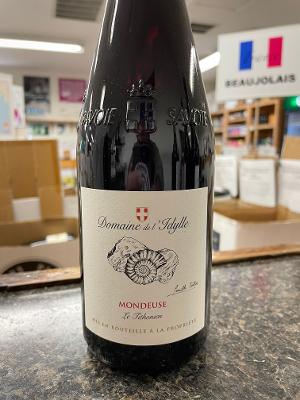 Mondeuse is a long revered grape from the Savoie region, regarded as one of the more substantial and hearty varieties grown in the Alpine vineyards. It is also growing in usage in America and other parts of the world, especially among producers looking to make less alcoholic wines, so it may be a name that may have comes across people's radar more frequently over the last decade or so. The varietal has a lot more natural tannin than the Pinot Noir and Gamay that makes up most of the softer red wines of the region, and while nobody would mistake it for a burly Bordeaux or Rhone variety it does show off some depth and substance you wouldn't expect to find in a wine that usually clocks in at or below 12%abv. The mountainside vineyards and cool climate means you really won't find much 'cheap wine' coming from Savoie, but this definitely still qualifies as a value for the quality it delivers. A deep Pinot-y purple in the glass, the nose is cool, earthy and savory with lots of currant and black cherry skin on the nose, with the berry and aromatic notes intensifying as it opens. The palate seems a bit lightweight at first with lots of dark fruits and taut acidity to it, but the fine tannins are really persistent in a strong tea sort of way, and as the wine opens more the fruit comes through more and adds weight to everything. This has a lot of texture for an alpine wine, perfect for folks that enjoy a lighter wine but still want something that can hold up to heartier dishes. 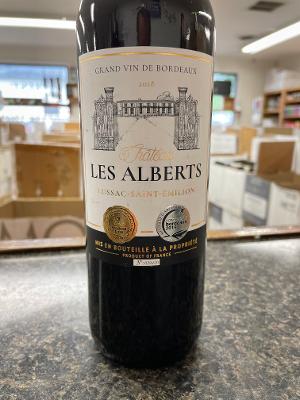 There are not a lot of distributors out there that we would rather have pour for us during our anniversary month celebration, because Aymeric is a kindred spirit. EU focus is on small estates, primarily Bordeaux, and is a portfolio built with an expert eye and a particular standard. All the Bordeaux we carry under his label have a particular, consistent character of being built in a more traditional style and an eye towards being able to cellar or at least decant, even in the value range. We also love love LOVE the information they place on their back labels to inform the consumer (varietals used, vineyard acreage, soils, aging method and tasting notes), keeping you so well informed on your purchases. This bottling will help you get in the Bordeaux mood for the tasting this Saturday when Aymeric will be here to break out some of the big guns (those wines will also get the 10% discount on bottle purchases like the Insider's on Saturday as well). Not said to undersell this wine, as it's really packing a lot into the bottle for $20. Mostly tank aged Merlot with a splash of Cabernet Sauvignon and Cabernet Franc, the nose is loaded with dark currant and dusty Bordeaux red fruit tones that get broader and more room-filling when decanted. The palate is nice and fleshy with plenty of natural skin tannin, again benefiting here with some decanting that brings out some dark sweetness to the fruit as the tannins soften. Get yourself into the Bordeaux zone, it's a great week to try some and stock up! 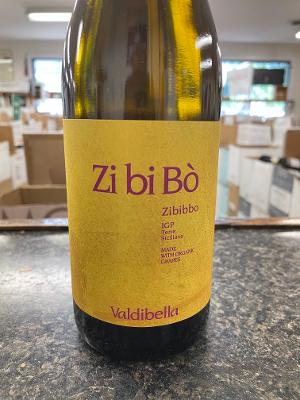 The Muscat grape has many iterations and many names across Europe, with equally varied reputations for the wines they make. The most famous Muscat for quality is called Muscat Blanc a Petits Grains, and is most prevalent in Alsace and the cooler climates of Europe. Muscat of Alexandria is the most ancient, dating back to Roman times for both wine and food consumption, and is widely spread across all borders of the Mediterranean. being found in so many countries it is naturally the most renamed, and on the island of Sicily it is called Zibibbo. While the grape is more famous for producing sweeter dried grape wines, production around the city of Syracuse has increased for drier regular wines as more attention has come to the region. This bottling from an excellent organic co-operative has become a favorite over the last few years for us as it takes the grape a little more 'seriously' but still creates a super-fun wine. Lovely golden color with an immediate shot of orange zest, magnolia blossom and wildflowers on the nose, one of the more intense perfumes you will find on a wine without a lot of sugary notes backing it up. The low acidity and juiciness on the palate may make some tasters believe this is sweet, but there is less sugar here than 95% of California Chardonnays. The grape has a lot of skin texture that comes through on these drier versions and finishes with a lemon cough drop type of zesty vapor to the finish, especially when there's a bit of extra chill to it. Incredibly fun sipping or food option, great with spicier seafood dishes. |
The Best of the Best.We offering free tastings on these wines in the store every Thursday and Friday, and a 10% discount off the retail price through the duration of the day. Come on by and give them a try! Archives
July 2024
Categories |
Location |
|

 RSS Feed
RSS Feed